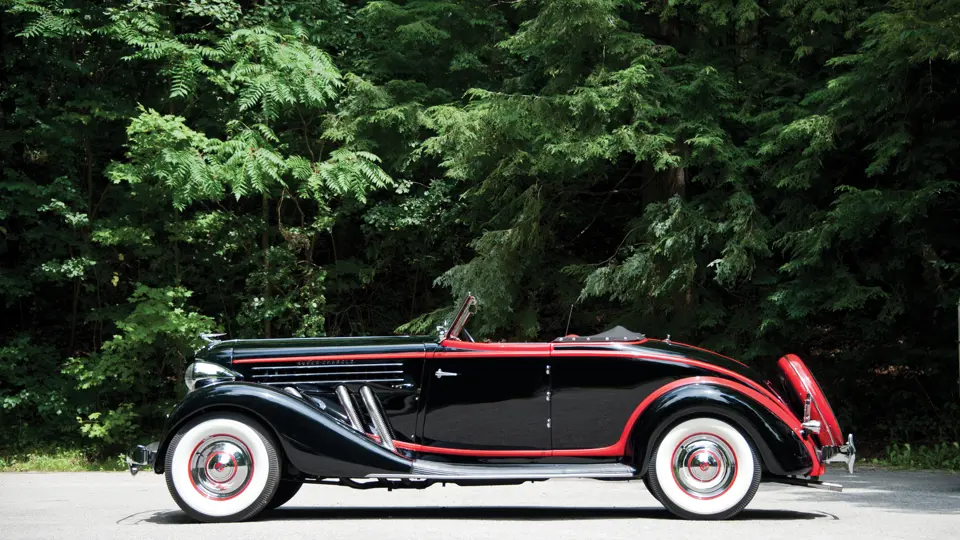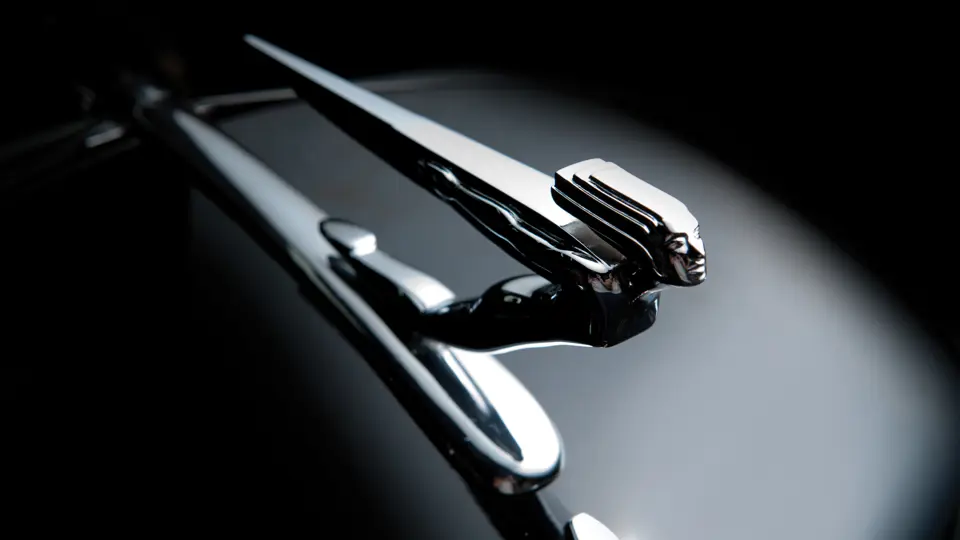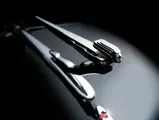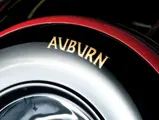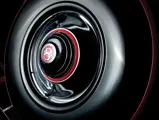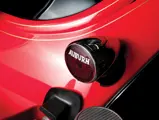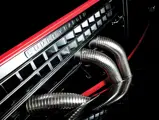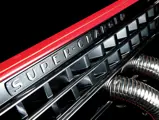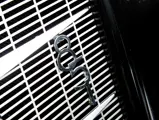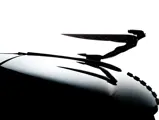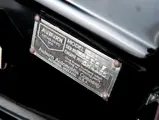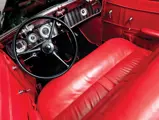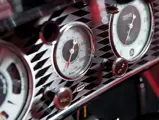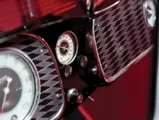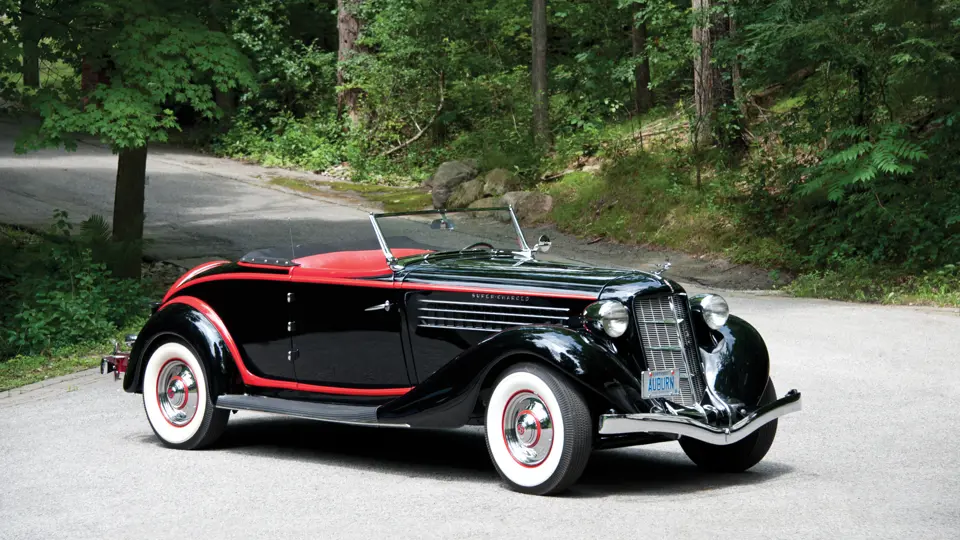
1935 Auburn 851 Supercharged Cabriolet
{{lr.item.text}}
$220,000 USD | Sold
{{bidding.lot.reserveStatusFormatted}}
- Formerly owned by Jim Miller and the Blackhawk Collection
- An original and authentic supercharged cabriolet
- Long-term ownership by a long-time ACD Club member
- Ideal for ACD Club events and CCCA CARavans
Series 851. 150 bhp, 280 cu. in. L-head inline eight-cylinder engine with a Schwitzer-Cummins supercharger, three-speed manual transmission with a Dual Ratio rear axle, solid front and live rear axles with semi-elliptic leaf-spring suspension, and four-wheel hydraulic brakes. Wheelbase: 127 in.
The Auburn Automobile Company was established in 1903 and matured into a well-respected builder of reliable cars, but it was not until E.L. Cord assumed the company’s presidency in 1924 that its market stature grew. In fact, as the once-buoyant auto market collapsed following Black Tuesday, Auburn’s sales continued to increase. By 1931, Auburn was the 13th largest American automaker, but the triumph was short-lived, as sales fell drastically in 1932 and 1933.
Respected Auburn designer Al Leamy left Auburn in 1934, as he was saddled with undeserved responsibility for the company’s disappointing sales figures. With few available funds and little time, Gordon Buehrig and his small design staff kept the best elements of Leamy’s 1934 designs. Buehrig’s team concentrated on the frontal area by skillfully revising the grille and adding a pair of handsome “semi-pontoon” front fenders.
Meanwhile, Augie Duesenberg and Pearl Watson adapted the Kurt Beier-designed Schwitzer-Cummins centrifugal supercharger to the Lycoming GG Series straight-eight engine and used an innovative planetary drive system. The resulting supercharged GH Series engine, which was rated at 150 horsepower, became the standard engine for the legendary Boattail Speedster, and it was available on the 851 line, and later the 852 line, for an additional $220. However, despite great styling, good performance, and bargain pricing, the combined effects of the Great Depression, management turmoil, and E.L. Cord’s complex business affairs led to Auburn’s demise in 1937.
Many cabriolets offered today are simply Auburn coupes that have had their roofs cut off, but the car offered here is known to be a genuine and authentic example. Attesting to this is its long-term ownership by well-known and knowledgeable Auburn Cord Duesenberg Club members, amongst them was the late Jim Miller, of Baden, Ontario, as well as the Blackhawk Collection. Its current owner, who has been an ACD Club member for many years, has owned the car for nearly a decade, and he had it refinished in its striking black and red color scheme approximately six years ago. The polished disc wheels are correct, rare, and valuable, and the red leather interior is in the correct pattern. Most importantly, the correct “Dual Ratio” rear axle, a standard feature of the supercharged cars, still functions properly.
The owner notes that in local showings it has won numerous trophies and that it was also driven reliably in the club’s 2010 Can-Am Meet tour in the Detroit area. It would be a wonderful choice for continued activities with the ACD Club, the AACA, or the CCCA, and it would open up a world of possibilities to the owner who wants to experience one of the best performance cars of its era.





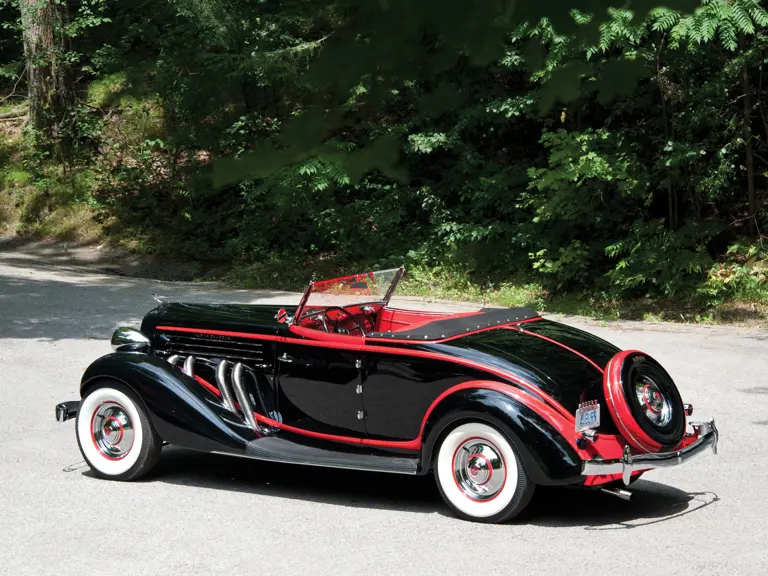
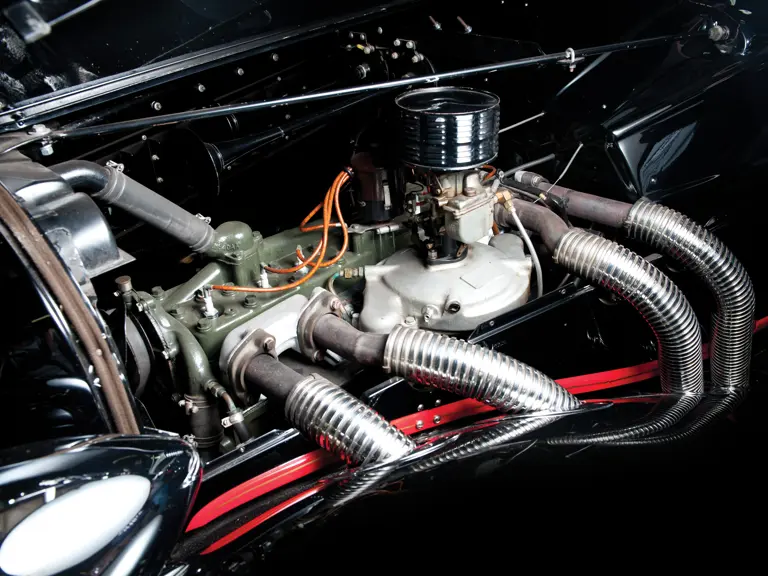
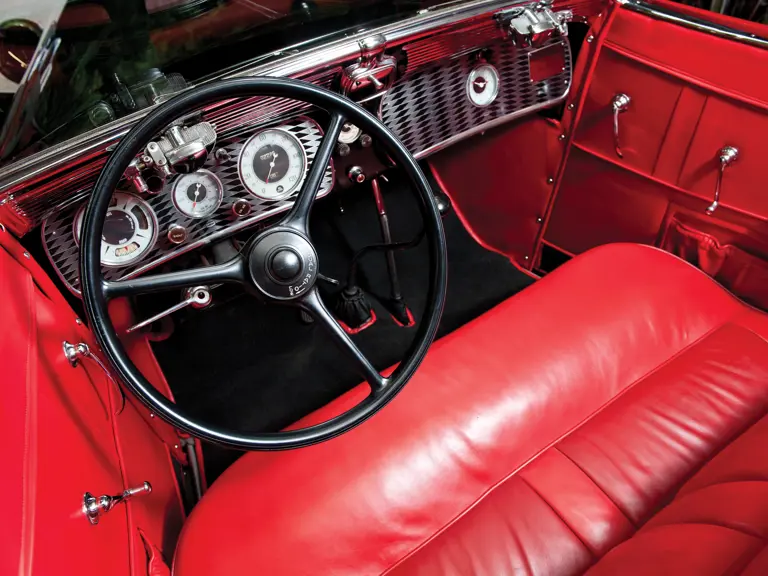
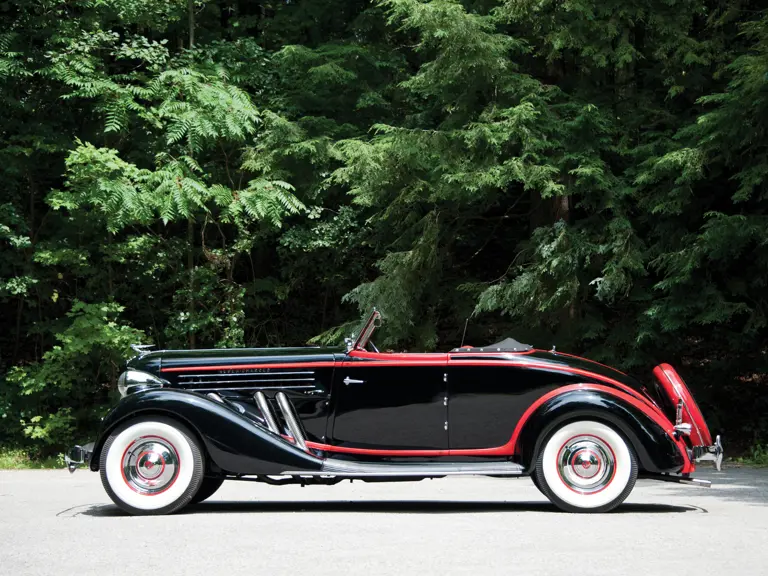

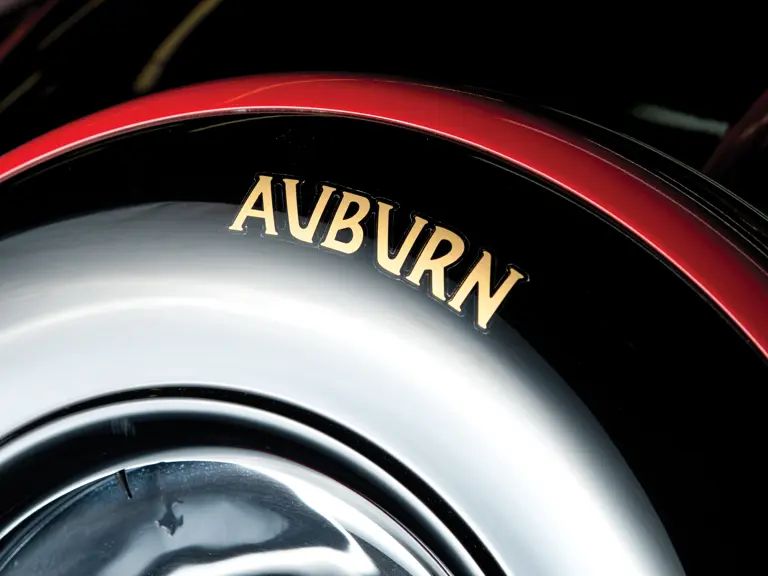
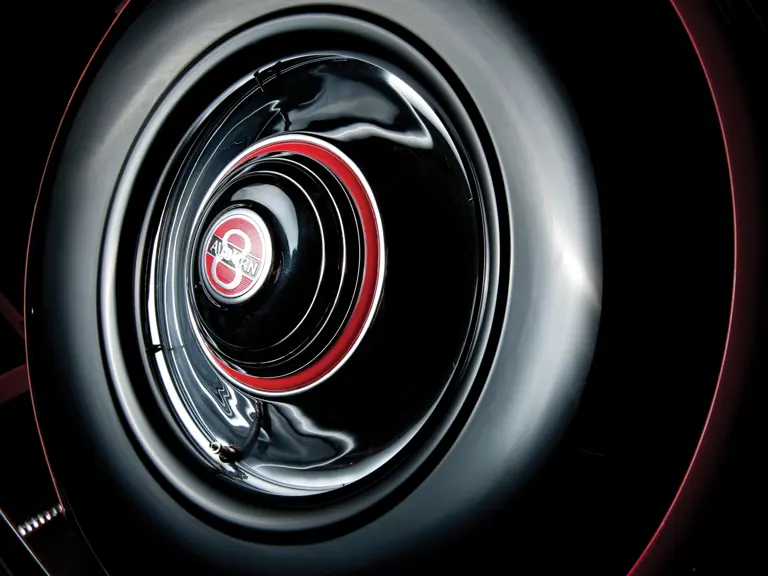
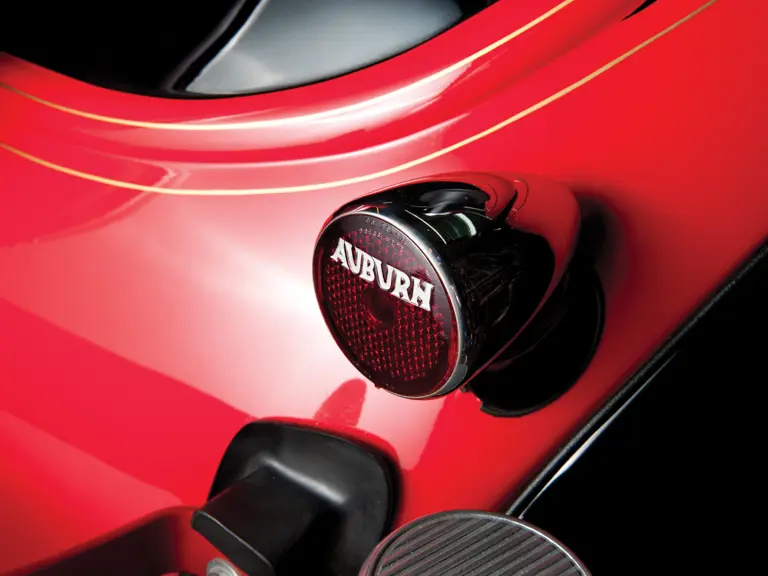
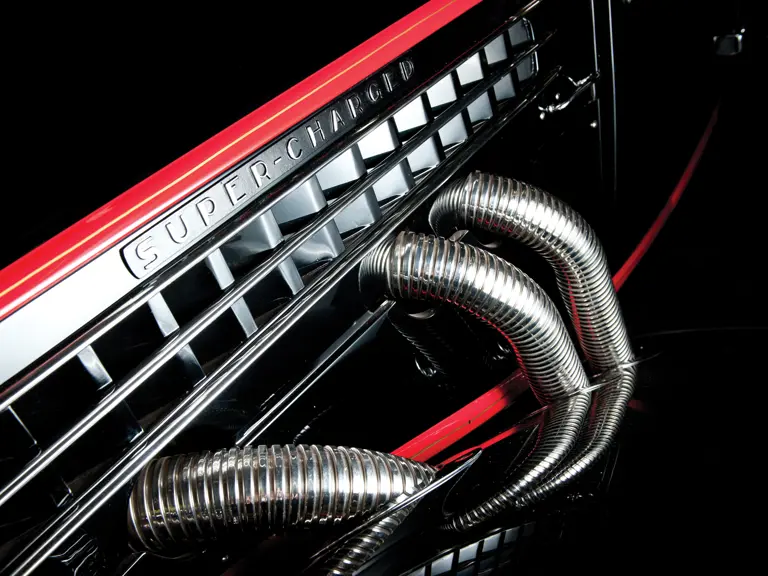
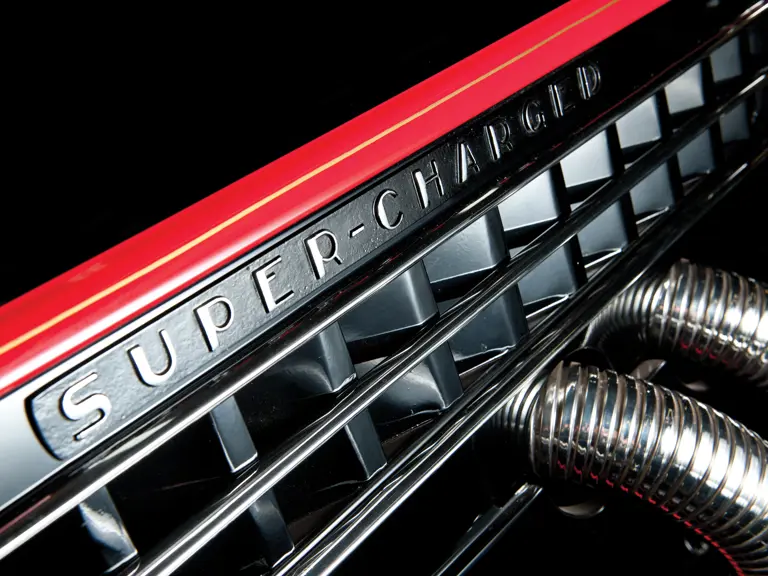
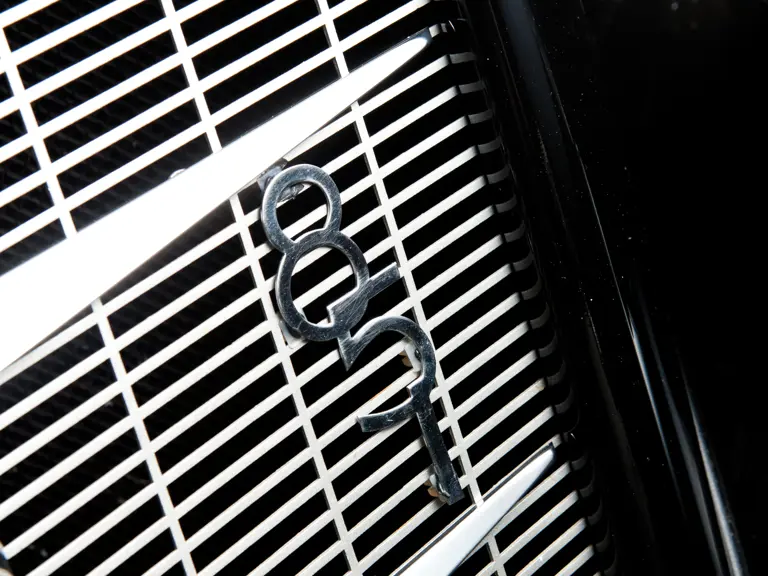

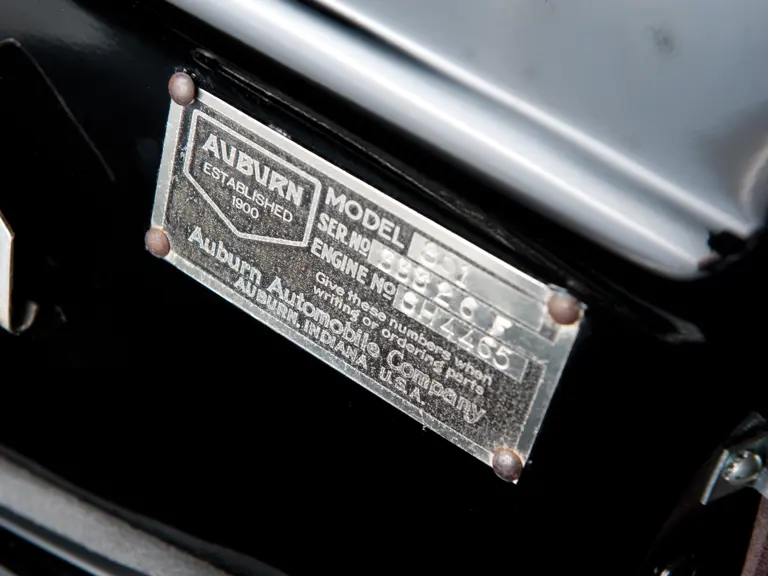
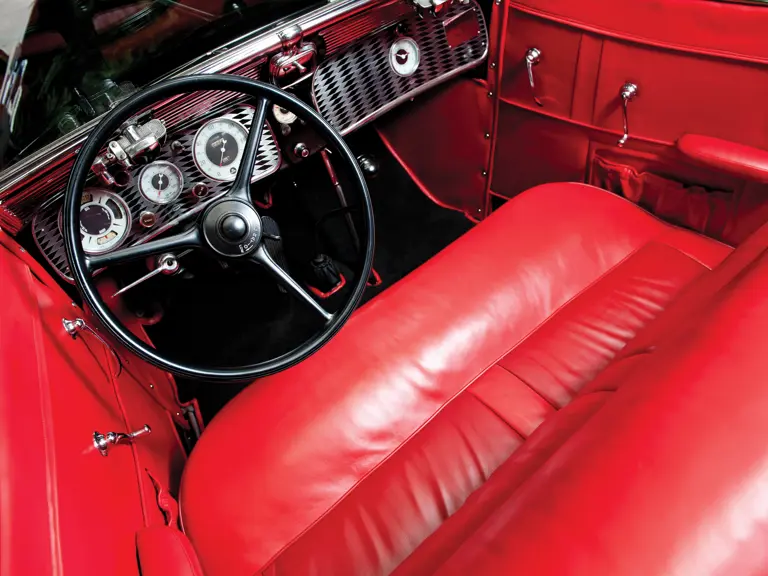
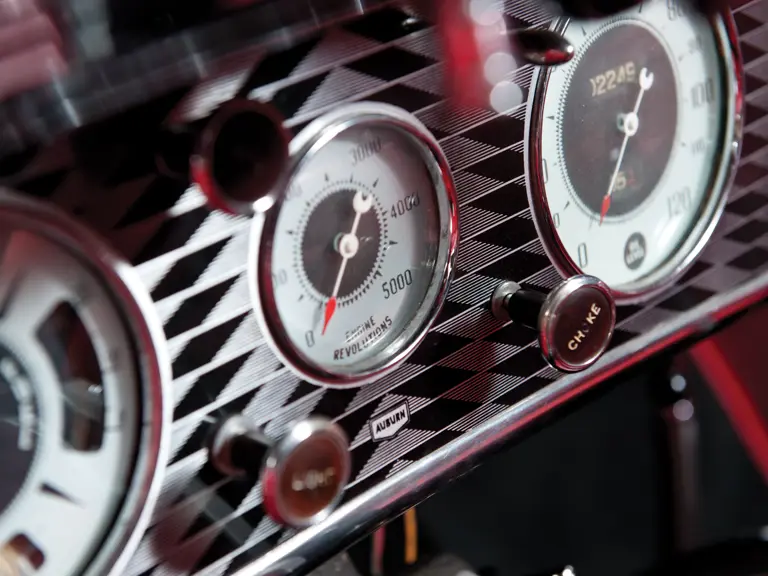
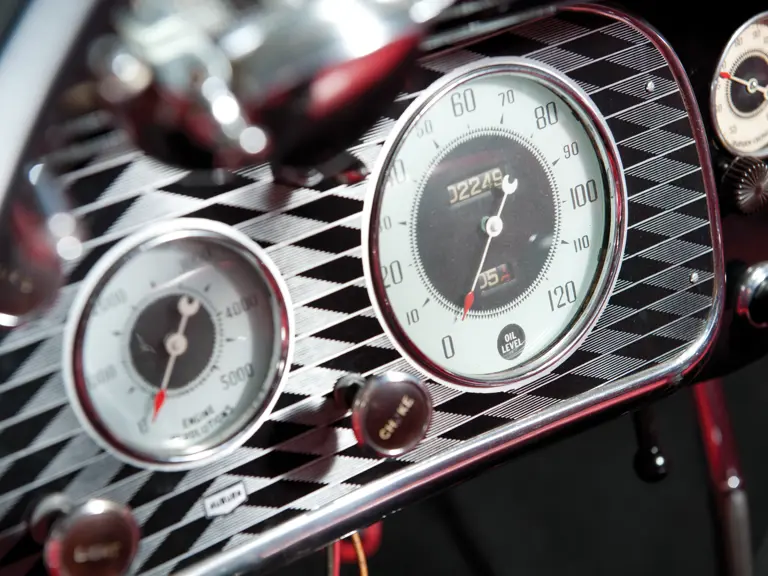
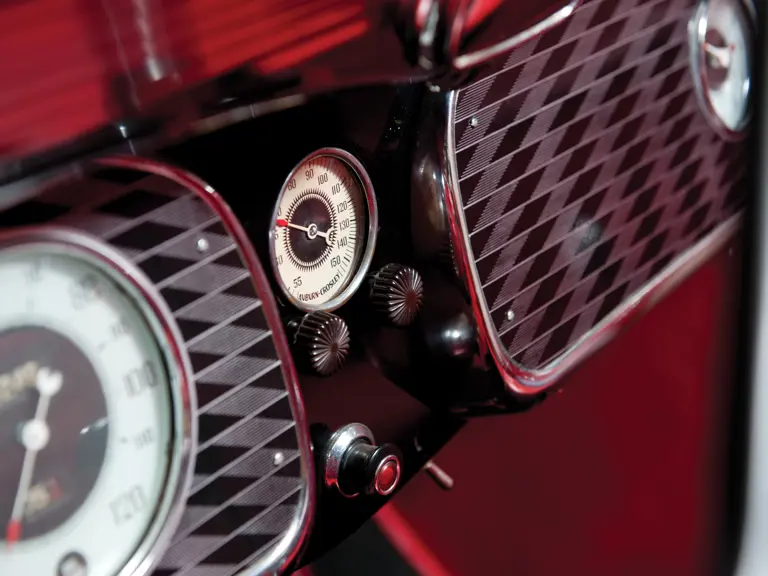

 | Hershey, Pennsylvania
| Hershey, Pennsylvania
